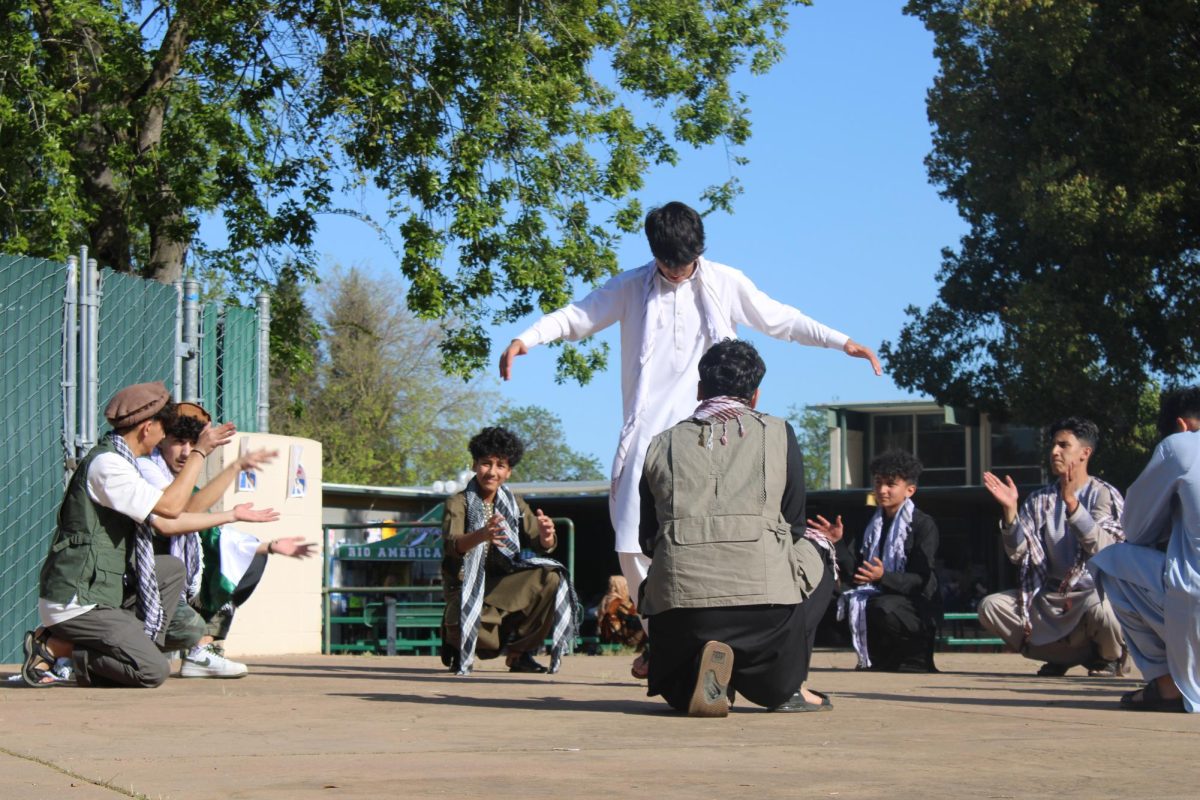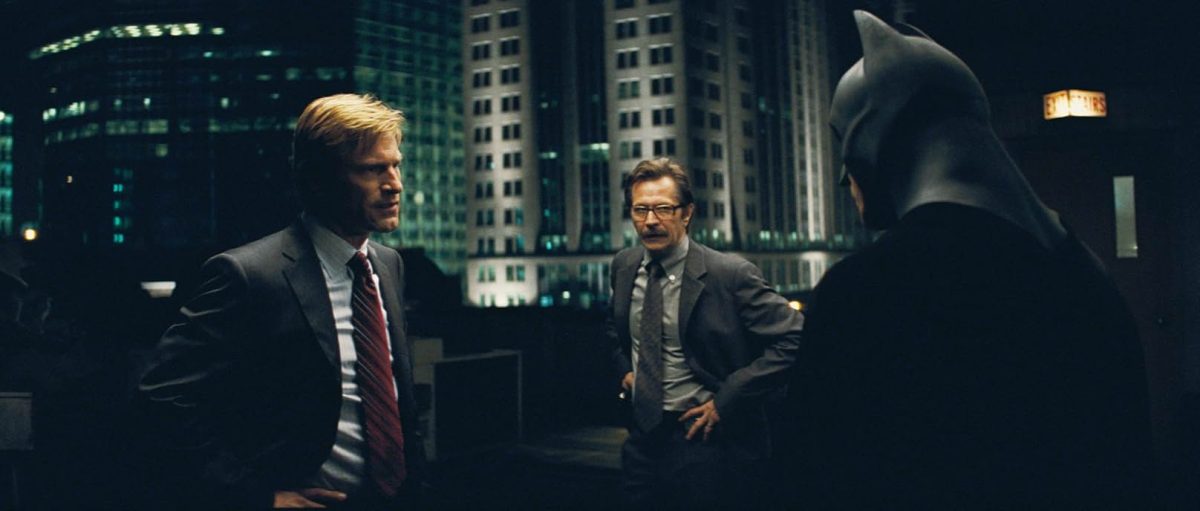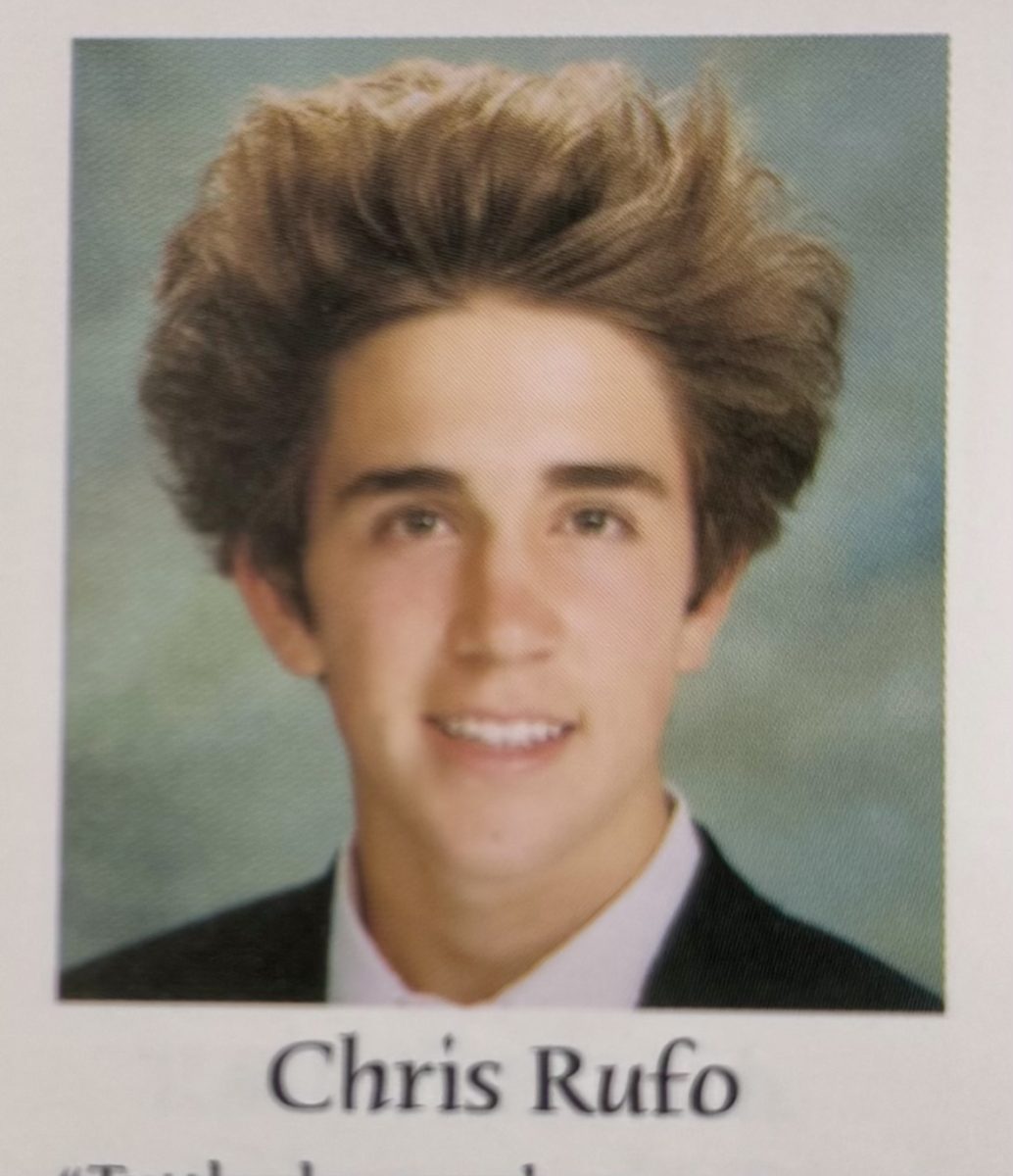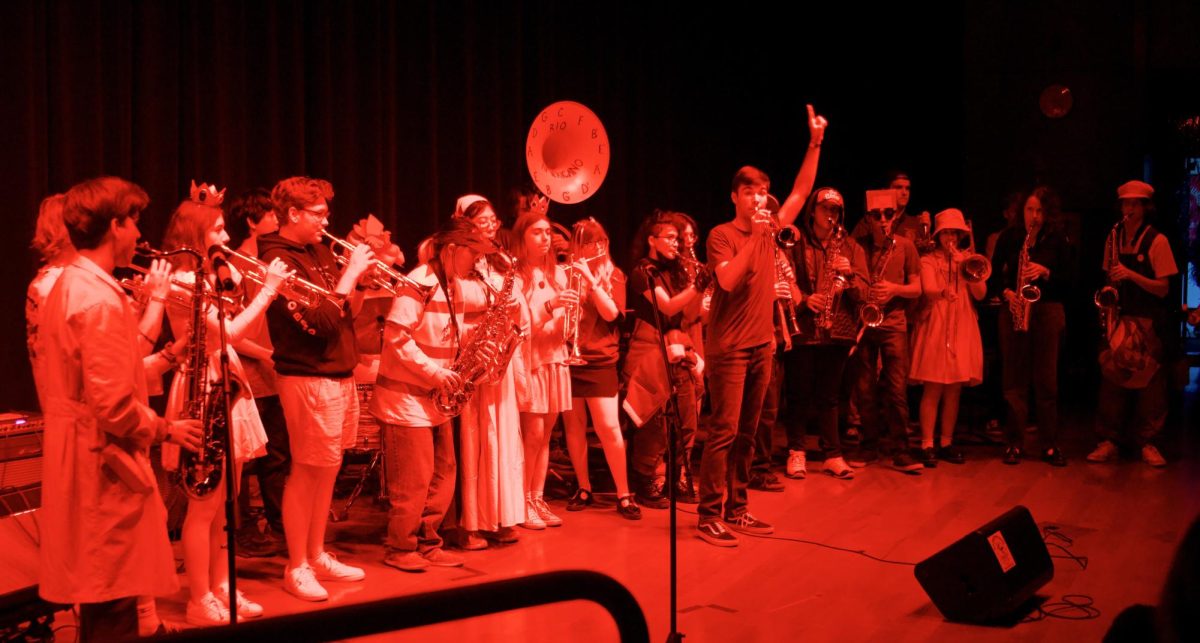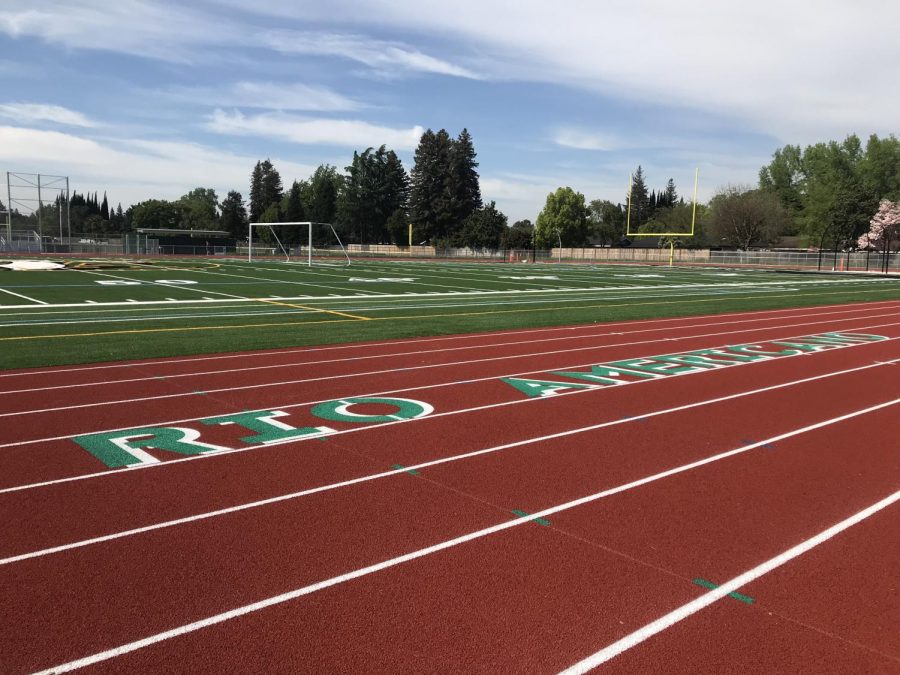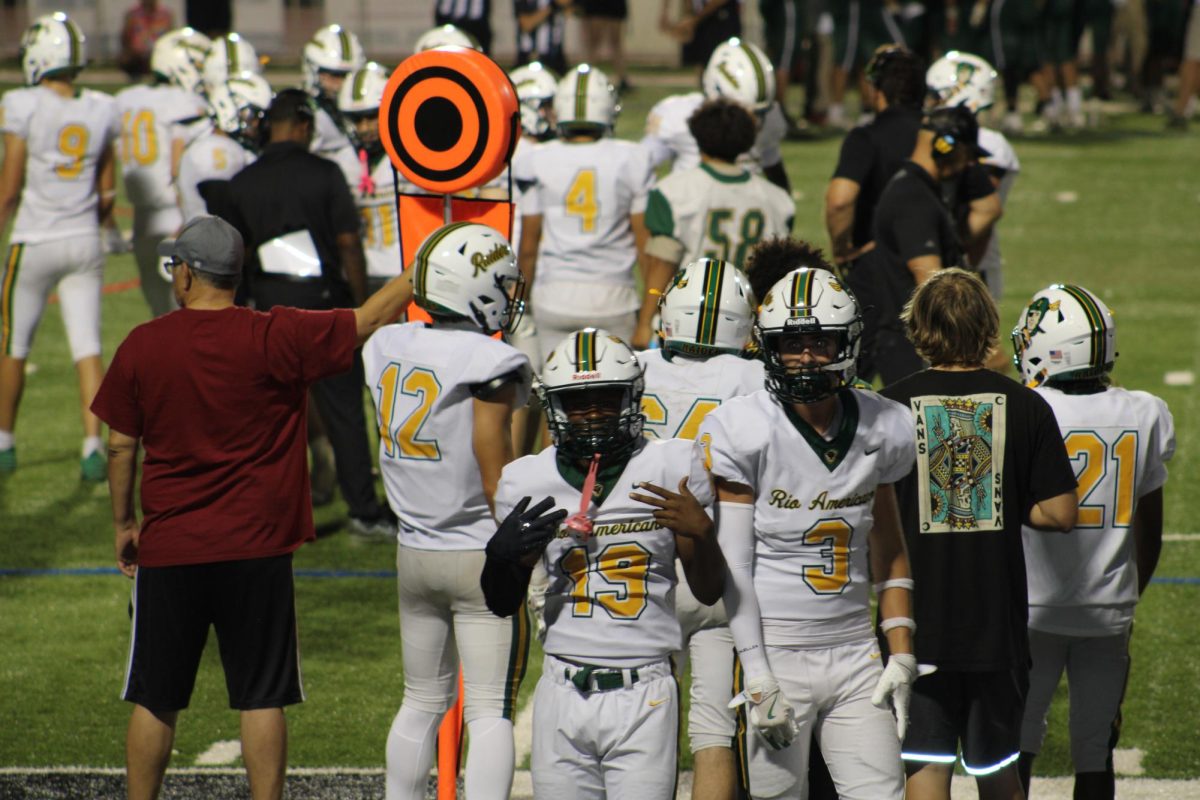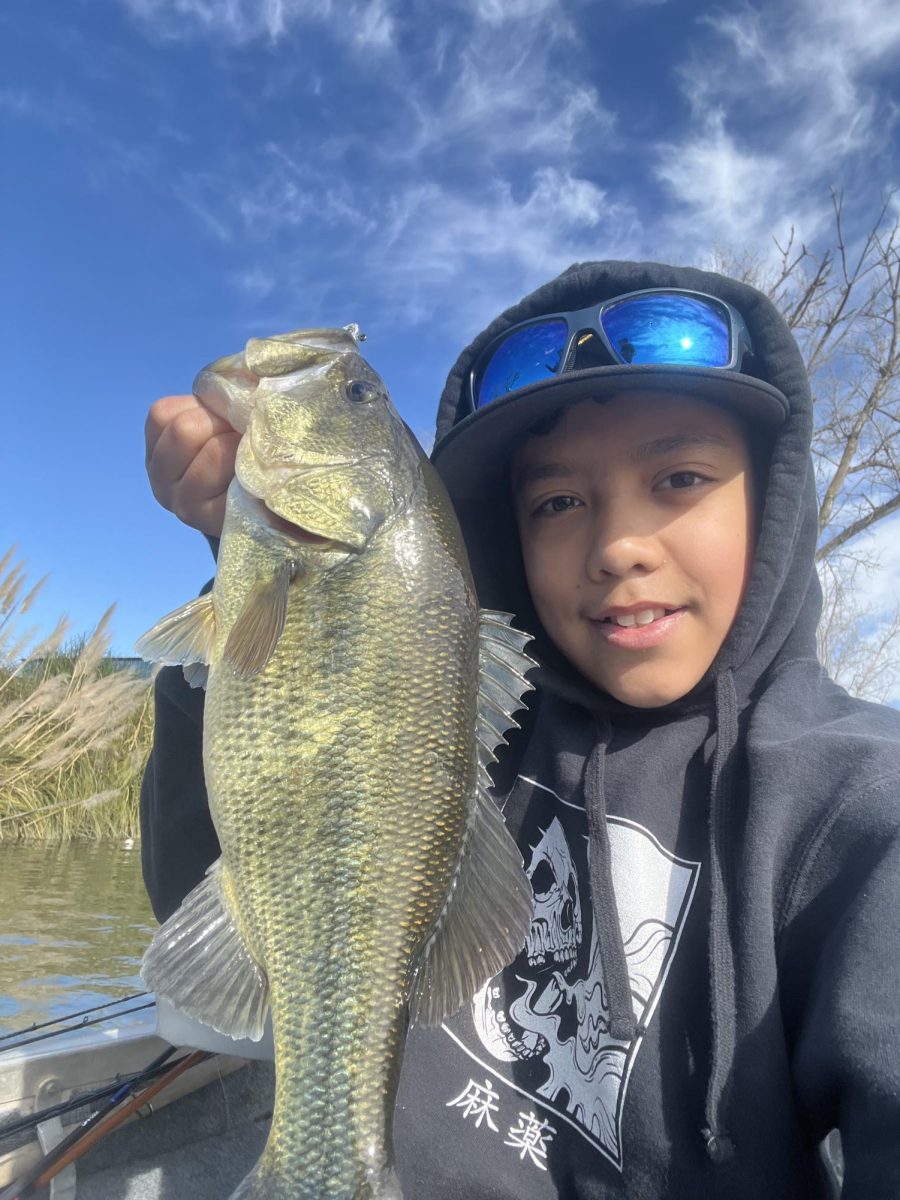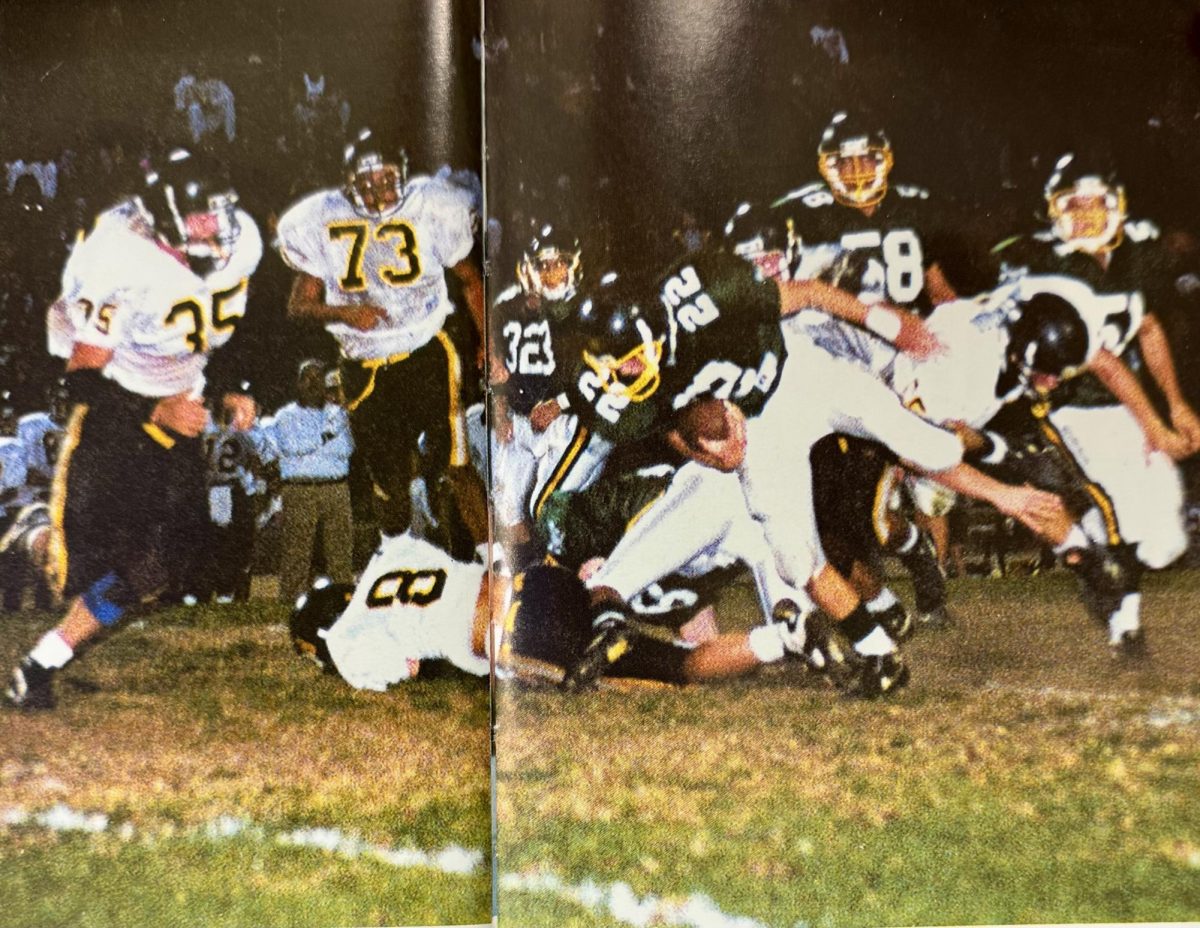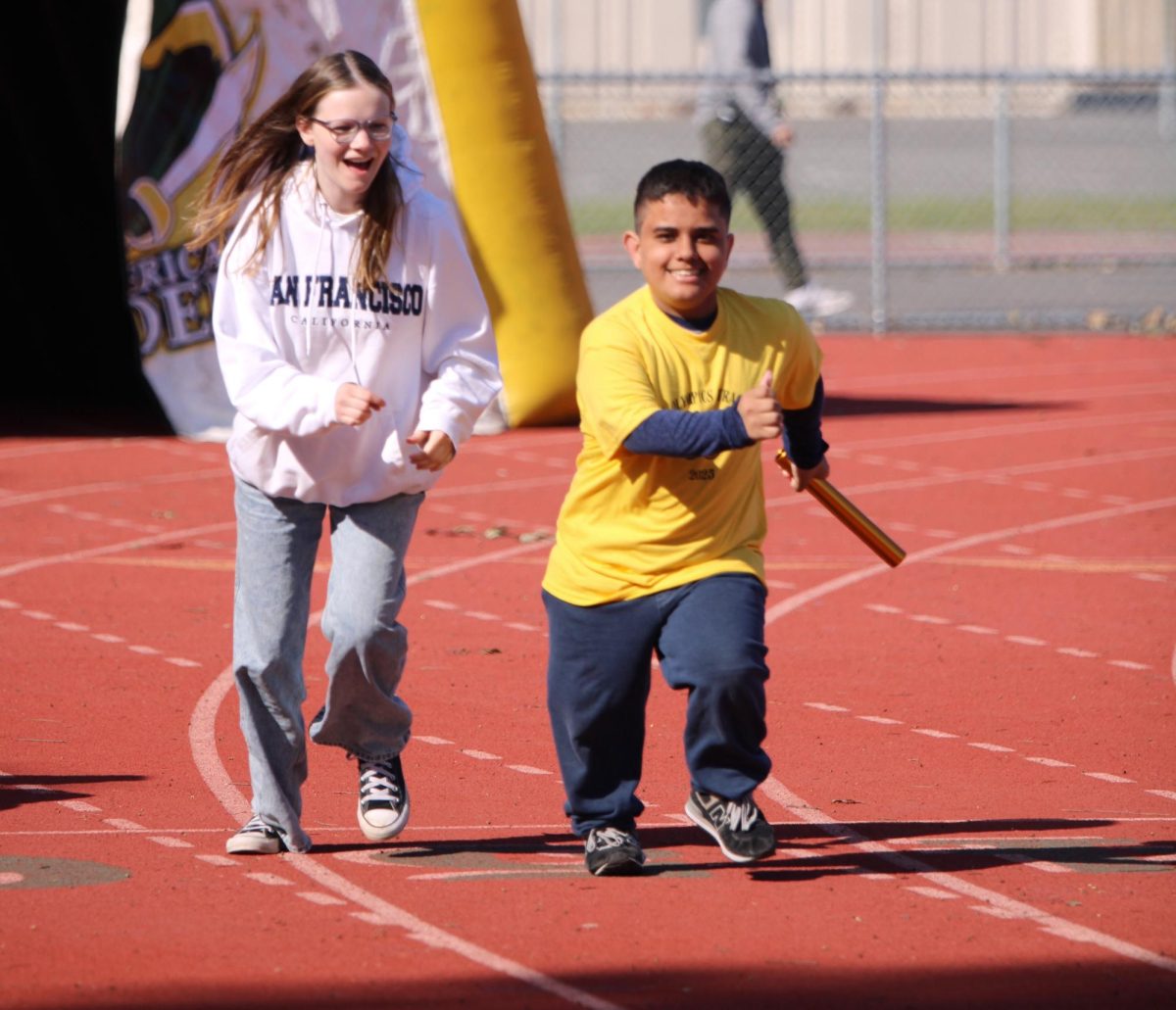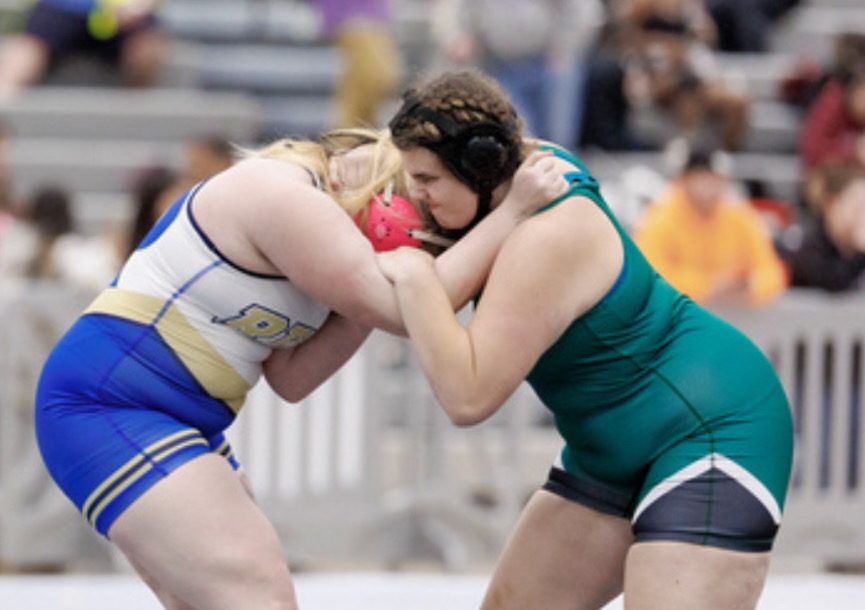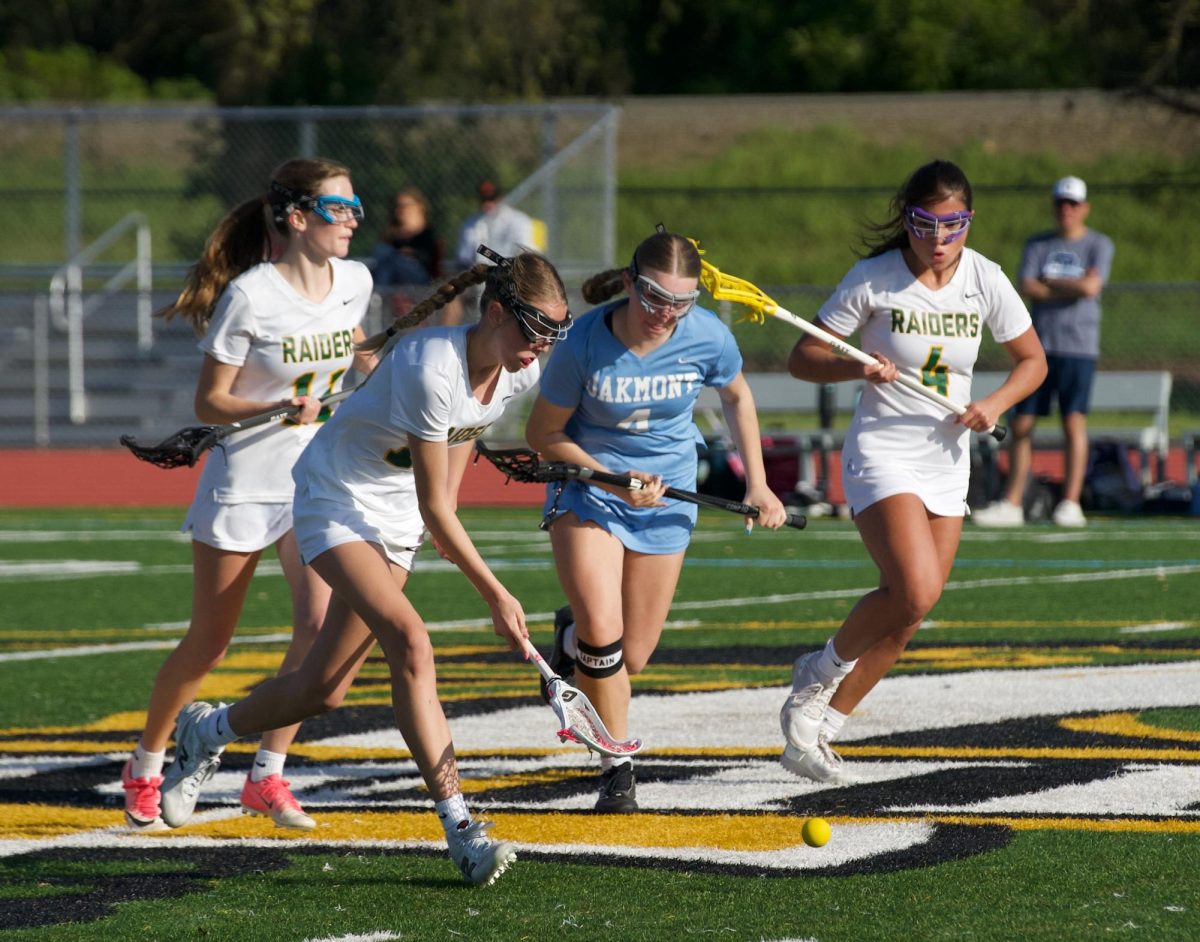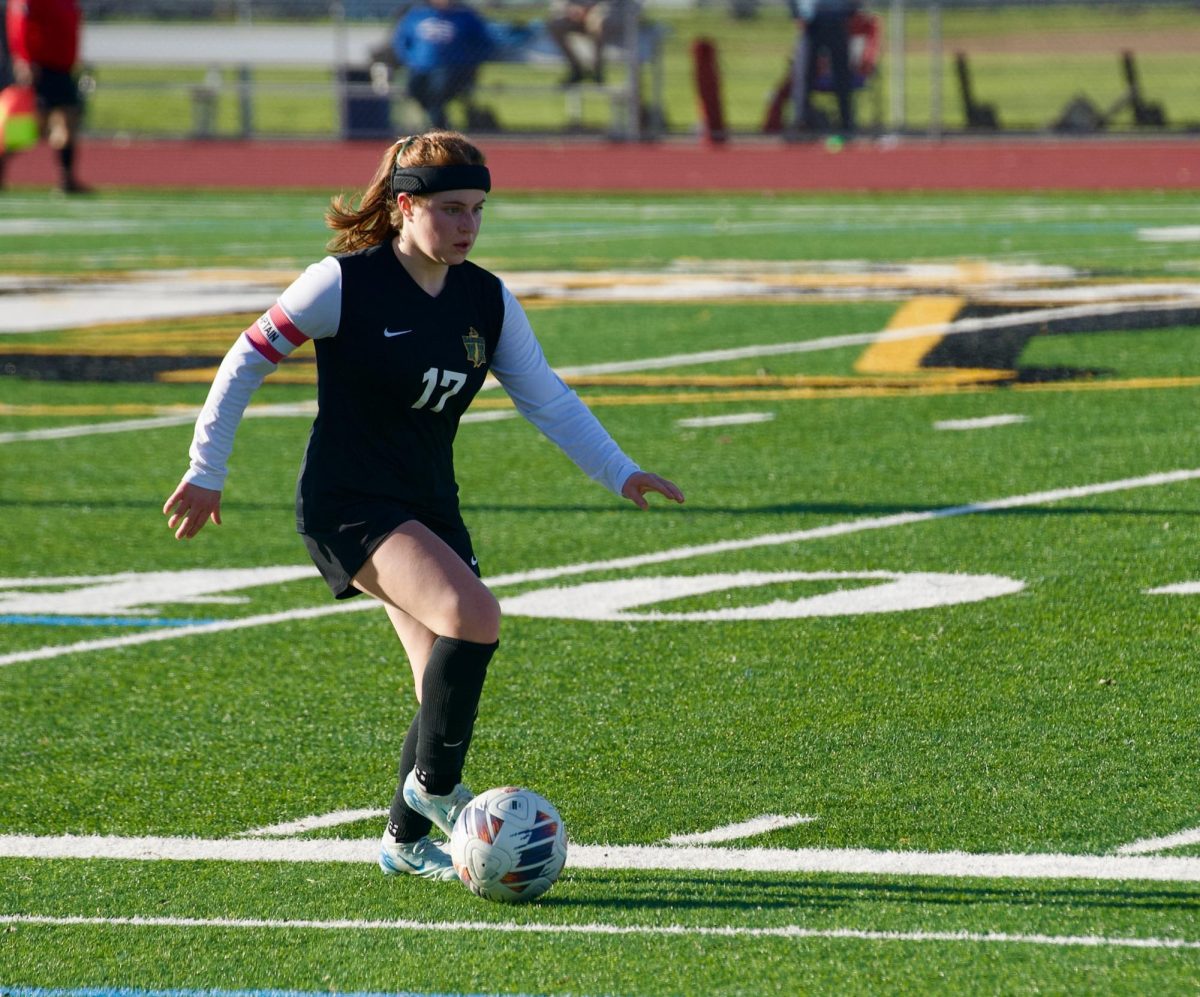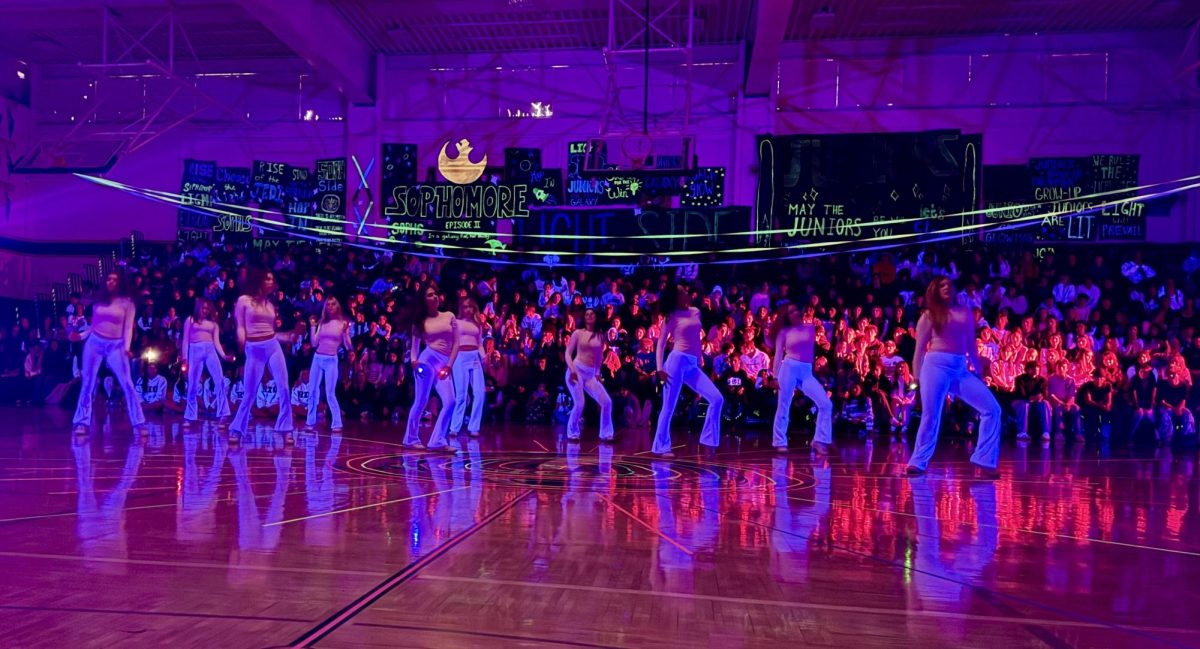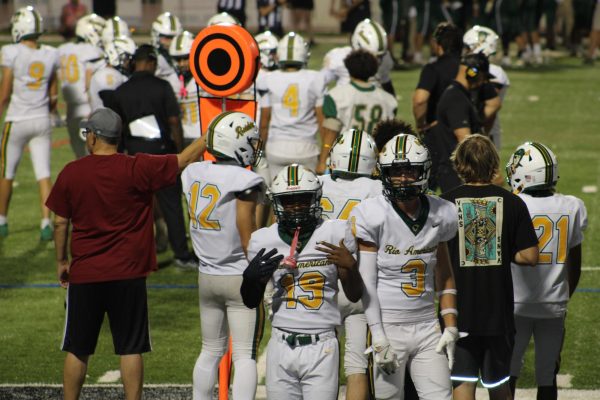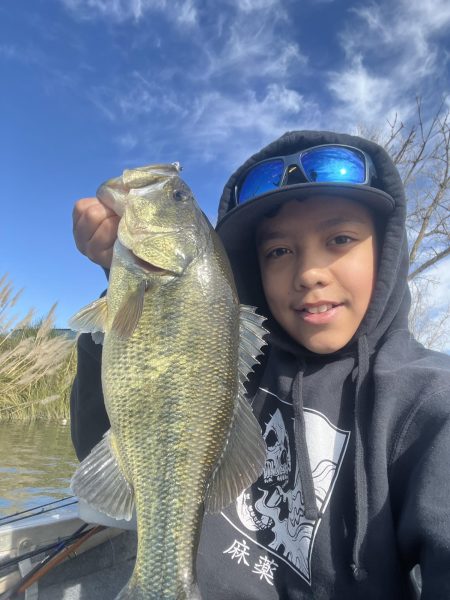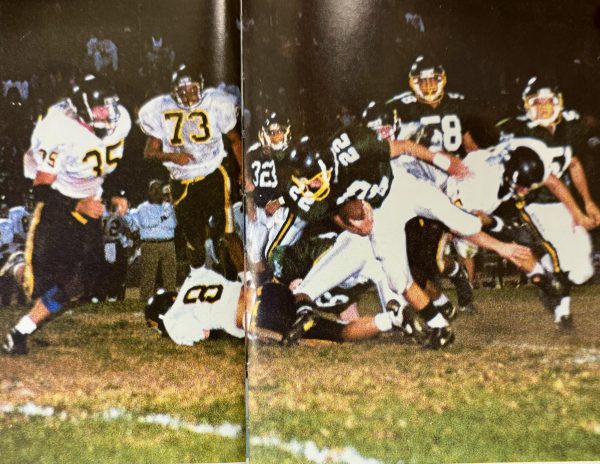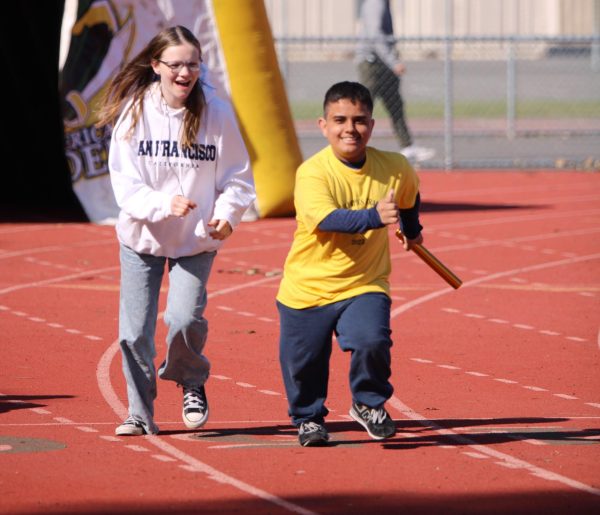Are Athletes Overpaid?
A majority of the population would agree that professional athletes are extremely overpaid in this age of sports. However, there are many fatal oversights when people make this judgment.
How people come to this conclusion is looking exclusively at the gargantuan contracts received by some of sports’ best players. For example in the MLB, star Angels center fielder Mike Trout recently signed a monster 12-year deal which could potentially see him earn $426.5 million over that span.
In addition, Bryce Harper and Manny Machado just signed two deals with similar figures. What the average person sees is a short alert about the player, contract length and salary. What they are not aware of is the massive labor 99 percent of athletes go through just attempting to reach that point which results in failure.
The best example of this is, again, from baseball. The minor leagues (MiLB) are considered one of the most brutal jobs in America.
After being drafted by a big league club, players generally begin their journey in one of the Low-A Ball leagues. A team has six levels of MiLB, typically totaling 280 players in an organization.
Commonly, players receive eight days off in the marathon seven-month season. Their only chance at a secondary income are low paying local meet and greets put on by the team. These pay only around $75 per day spent.
The worst part about this is the relationship between players and team executives. The higher-ups see themselves as doing a favor for the players, allowing them to fulfill most of their lifetime dream of playing baseball professionally.
Other leagues have a greater league minimum, such as the National Football League at $480,000 for first year draftees. However, this increase in pay comes with its risks such as long-term brain damage, which is found in a majority of former players.
Meanwhile, in hockey, their farm system called the American Hockey League (AHL) has a minimum salary of $42,375 a season.
A problem with people’s argument about athletes’ salaries is collegiate athletics. Players in the NCAA are (legally) paid nothing, and nobody seems to want to have that conversation. While universities and the organization make billions-yes, billions-players do not get a penny from that income.
Years ago, EA Sports was sued for using player likeness. They proposed a system that involved paying players through a trust fund that they would have access to after their four years of eligibility were up. The NCAA, continuing their greedy and corrupt track record, denied this proposal, not allowing the players to make money.
The idea of athletes today being overpaid is a ludicrous idea fueled by small clips of information about the top 1 percent of players in the world. These small snippets of information are the cause of the negative energy directed toward sports today. People must look further, at the 99 percent who struggle to merely fulfill their dreams, not to mention make a living.




